What Is Happening with the American Consumer in Our Economy?
{% video_player "embed_player" overrideable=False, type='hsvideo2', hide_playlist=True, viral_sharing=False, embed_button=False, autoplay=False,...
7 min read
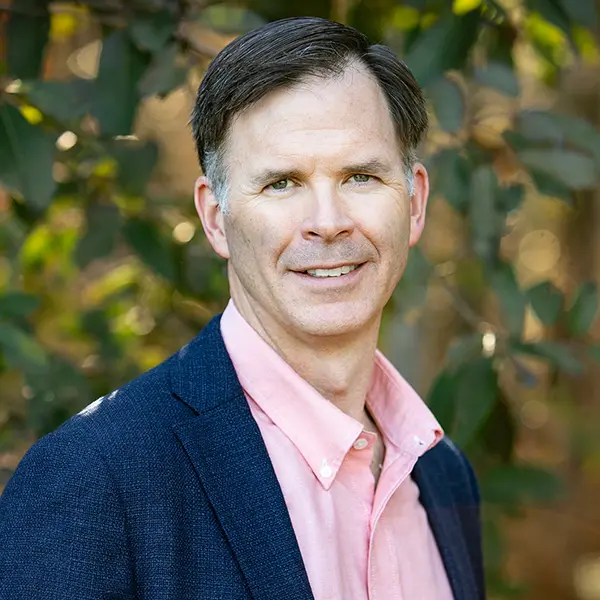 Chris McAlpin
:
Mar 25, 2024 3:51:39 PM
Chris McAlpin
:
Mar 25, 2024 3:51:39 PM
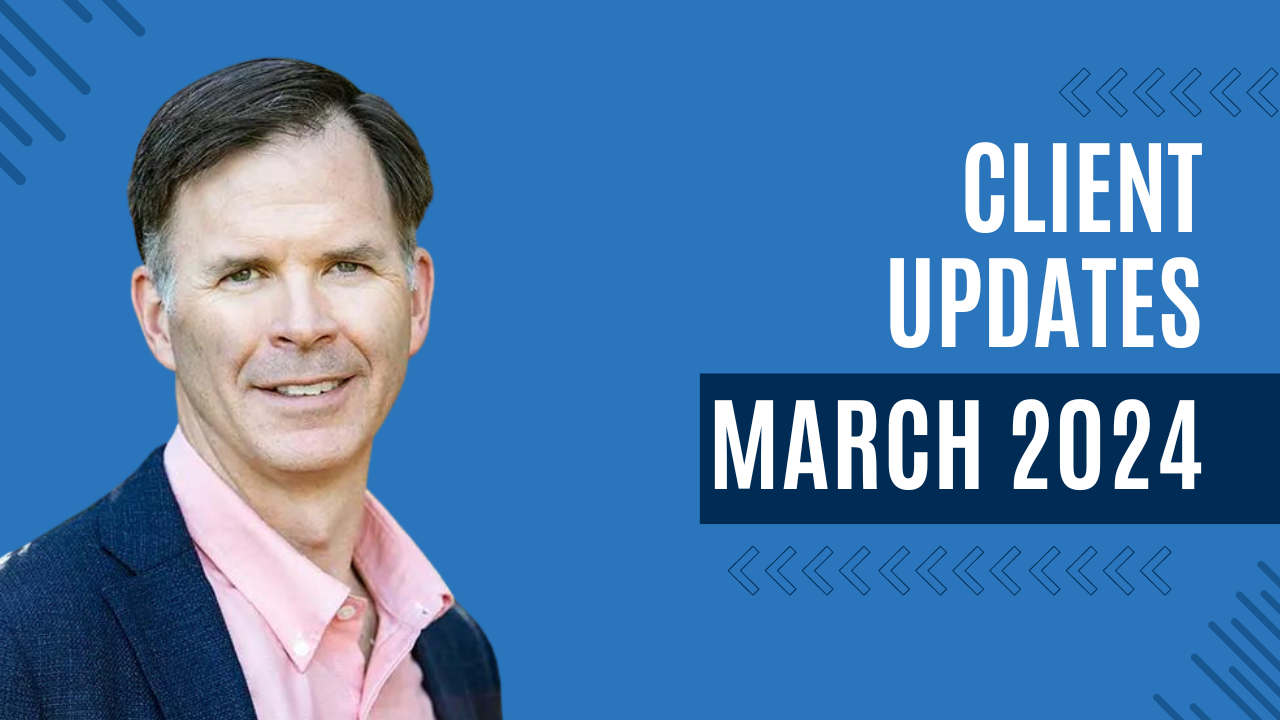
Smart investors like you have undoubtedly heard of the Federal Reserve. You also probably know they possess incredible influence, with their interest rate decisions affecting our economy more than any organization in the world.
However, even though the Federal Reserve plays an enormous, outsized role in our lives, it’s not exactly easy to always understand who they really are and what they do. In simple terms, the Federal Reserve’s mandate is two-fold — to achieve maximum employment and economic stability (i.e., price stability).
🔎 Related: 4 must-know types of investments (+ examples)
Unfortunately, like many others, they’ve become quite political. On top of that, the news media outlets we rely on to cover the Fed’s decision-making have priorities that are very different from your own:
The purpose of this presentation is to give you more clarity into what the Federal Reserve truly is, in more detail, as well as their mandates as an entity and how that fits into the context of our current financial climate.
The Federal Reserve is the central Bank of the United States of America, and it’s the single most powerful economic organization in the world. Period. There isn’t even a close second place in this category.
The Federal Reserve is a quasi-governmental organization, and that's very important to understand the quasi part. They are appointed by the President and, ultimately, report to Congress. However, the prevailing thought is that they are owned by the U.S. banks — i.e., J.P. Morgan, Citibank, and Bank of America (the big players, when it comes to the Federal Reserve).
🔎 Related: What are the 4 risks of investing? (+ examples)
Legally, this is not true, but they are beholden to the U.S. banks in a meaningful way. So when Federal Reserve Chairman Jerome Powell gets called up to Capitol Hill in front of the Senate and House of Representatives, sure, they get all riled up and they grill him and they ask him all sorts of questions. But while Powell is respectful and compliant in those instances, he also still needs to answer to those banks.
Now, even though the Federal Reserve is the most influential economic organization in the world, do they carry all of that swing by themselves? No, there are a lot of players in the global economy. Still, there’s that old saying in the markets:
“Don’t fight the Fed.”
That is because of their power. The Federal Reserve moves the U.S. economy, and they move the markets. Quite frankly, they move them too much, and that is something they’ve recognized in the past few years, and they’ve tried to back off some.
Congress has fiscal policy. Fiscal policy has to do with budget and spending tax powers and spending powers. The Federal Reserve, on the other hand, has monetary policy, which should not be confused with fiscal policy.
When we say monetary policy, what we mean is they control the production of the U.S. dollar itself. So, when we joke about just running the printing presses, quite literally the Federal Reserve folks are the ones in charge of the printer presses.
🔎 Related: How does the U.S. economy work? (an accessible overview)
In practice, what that looks like is either pushing dollars into the global economy or taking dollars out of the global economy. And by managing that supply, they manage the strength or weakness of the U.S. dollar. They can turn those dials to support or stabilize the U.S. economy.
To promote economic stability, the Federal Reserve does a number of different things. First, they manage interest rates and the price of the U.S. dollar. So, when we say they manage the strength of the dollar, what they really do is manage the price of the dollar to manage the strength.
A strong U.S. currency can buy more in global resources, but it can also harm some of our larger global national corporations and their profit. Why? Their bottom line becomes weaker when you’re taking international currencies and transferring them to the U.S. dollar. That’s why, as strange as it may sound, we don’t always want a strong U.S. dollar. That certainly feeds our U.S.-of-A. Ego, but we want a well balanced dollar.
🔎 Related: 7 best compound interest investments (overview + examples)
Under this umbrella, the Federal Reserve is also responsible for managing the payment and settlement system, as well as financial institution safety. This is where we start hearing things like, “Too big to fail.” So, they manage the Federal Depository Insurance Corporation, commonly known as the FDIC. All banks must pay into the FDIC, so there’s insurance on our dollars that we keep in our checking and savings accounts.
Last but not least, a core part of their job is to be a consumer protection development organization. They are a big bank. So, just like our small local bank, they will go to ribbon cuttings, and lend money to businesses to get started, as well as to first-time home buyers. They're the big bank that works with banks of all sizes to push money — not just to Wall Street (which they do very well), but also to Main Street.
This is what we talk about when we think of the Fed. We really think of the dual mandate as they have two main jobs. Number one, maximize employment; and number two, price stability — and they will always move in the direction of maximizing employment and price stability.
🔎 Related: Market 2024 Market Trends Report (the Fed Conundrum)
As of the date of this discussion, what we have right now is very low unemployment. Of course, every time I say that, I know there are a few folks in the crowd who will point out that this unemployment number isn’t real. I agree that behind this number there is a weird calculation formula, but still that unemployment number is what we watch. And, over the past three years, surprisingly, this unemployment number has been quite low.
Because of this, the Federal Reserve has been able to attack price stability by raising interest rates to curtail inflation. (Although earlier this week, they declined to do so again, but we expected that.)
This is something our lead investment strategist, Clint Sorenson addressed in his recent market update:
“The Federal Reserve has found itself behind the curve in recent years, as growth and inflation have moved in tandem. This means that every growth acceleration has been accompanied by accelerating inflation, which forces the Fed to tighten policy and kill growth.” (Read Clint’s full market trends report.)
There are three reasons for this.
Nationalistic governments are leading the charge throughout the world. It doesn’t matter if you listen to our own political rhetoric, or you listen to political rhetoric around the world. It’s not just, “America first!” it’s also, “Europe first!” or “Russia first!” or “China first!” or “Middle East first!” or “Africa first!” or “South America first!”
We’re going to be talking about the political aspects of this at a later date, so we aren’t going to dig into too much detail here. But it’s important to note that what we’re witnessing is something we’ve seen throughout human history — the ebbs and flows of globalization to deglobalization (and back again).
You look back into the Bible and when the children of Israel became the nation of Israel, God gave them the land of Israel. The four kings built highways that ran through that land, including the land bridge and the trading routes between Europe, Asia, and Africa. So, globalization and global trade is certainly not new. It's been around for millennia.
🔎 Related: Should I be scared to look at my investment accounts?
Now, certainly, in the last 200 years, we have built massive ships to sail the oceans and planes and the technological ability to bring the world closer together. But we are starting to see this move back toward deglobalization.
It's hopefully going to stick with business, but an economic Cold War has started. President Biden has not even removed many if any of President Trump's tariffs. President Trump promises that if he's elected, he's going to add more tariffs — and the Democrats certainly aren't removing any.
Again, looking at human history, we’ve seen over and over how changes and innovation in technology radically influences and impacts the economy.
We once went from using bronze tools and implements and weapons to iron tools and implements and weapons and society changed. Those countries that possessed iron flat-out dominated those countries that had bronze. The Roman Empire had iron, which is one of the ways that they took over war, farming, and business.
Then there was the industrial revolution of the 18th and 19th centuries which brought about massive change. Steam engines and railroads revolutionized trade and travel in the United States, while also enabling us to move from the east coast to settle in the west coast. We built train tracks all across the nation. We farmed. We mined. We grew.
🔎 Related: Asset management vs. wealth management, which is right for you?
A couple of hundred years later, we leaped forward again with our technology. Specifically, the personal computing and internet revolution we saw spring up from the 1970s to the 1990s. We all know our financial world has changed, as a result.
We bank online. We trade online.
The Federal Reserve has had to adapt to these changes, like all of us have had to do. And artificial intelligence (AI) is going to be the next wave of technological change that will force us to update how we operate financially. We already know this. We see this and they are getting ready for it.
Since 2020, the Federal Reserve has fought inflation for the first time in 40 years. It's been so long that your children didn’t even know what inflation was … but they do now, when they go to buy a house at a mortgage rate of 7.5%.
🔎 Related: How much does investment management cost? (+ examples)
Now, the Federal Reserve ran interest rates up so far so fast that I believe that it was a part of weaponizing the dollar against some of our enemies globally. That is a common conspiracy theory, but in the industry, it's kind of easy to adopt. As we've had
inflation and as we've hiked interest rates, we believe that interest rates are here. They're higher for longer.
So, we have a new way of working in our pond as opposed to one large lake. One of those ways is the Federal Reserve set up swap lines with their friends in Europe and Canada and Japan and Australia — i.e., “You give us Euros, we’ll give you dollars.”
Number one, we don't fight the Fed if they're going to keep interest rates higher for longer. Let's take advantage of those interest rates. Many of you have done this, but if you have not done this, you should. Right now, I'm talking to Sound Financial clients, especially those of you who are retired and need income or want an income, and this is what we're producing for you — let's take advantage of many good fixed income opportunities.
🔎 Related: Is the stock market gambling?
Now, the stock market has been and is still growing up into this really overvalued space. I know that it can remain high for a long time and that you can make good profits. But statistically speaking, and when I say “stock market,” I'm talking just plain NASDAQ, S&P 500, and Dow Jones Index. That is just in a frothy high space, OK?
But there are other opportunities, one of them being fixed income. The other ones are real assets over financial assets, small over large, small caps over large caps international over the United States. We are rebalancing into some of these places very soon. We're making sure that we rebuild and test those models before rebalancing them, but you're going to see this rebalance very soon.
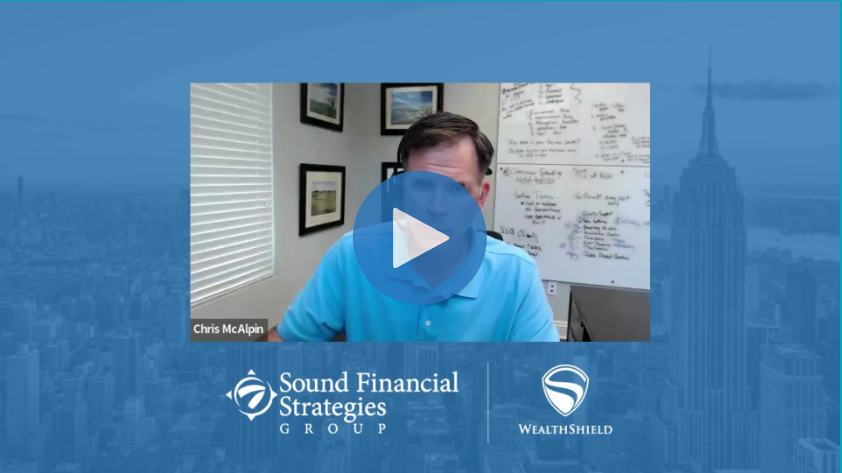
{% video_player "embed_player" overrideable=False, type='hsvideo2', hide_playlist=True, viral_sharing=False, embed_button=False, autoplay=False,...
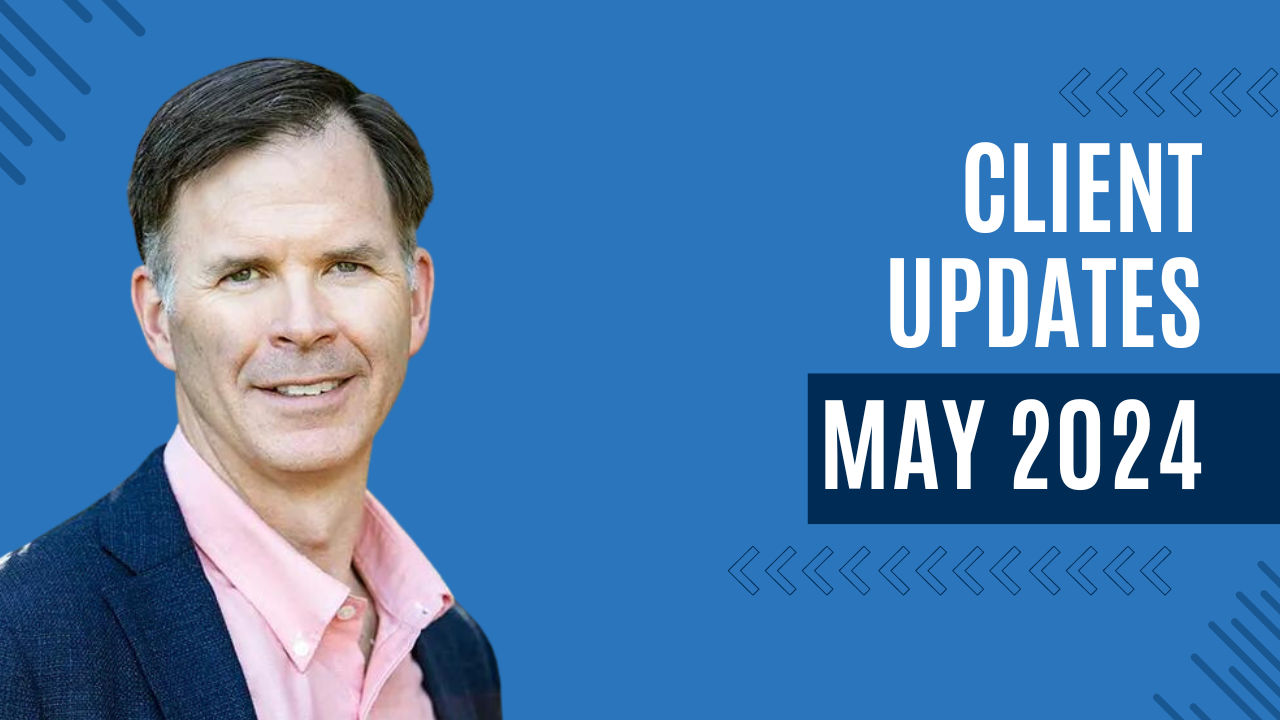
In this month’s client presentation, we’re taking a look at the markets in general, as well as our investment framework — the framework by which we...
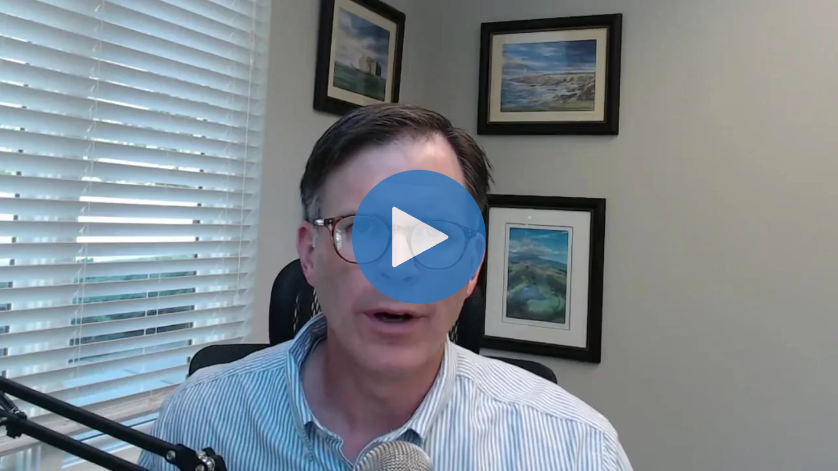
{% video_player "embed_player" overrideable=False, type='hsvideo2', hide_playlist=True, viral_sharing=False, embed_button=False, autoplay=False,...
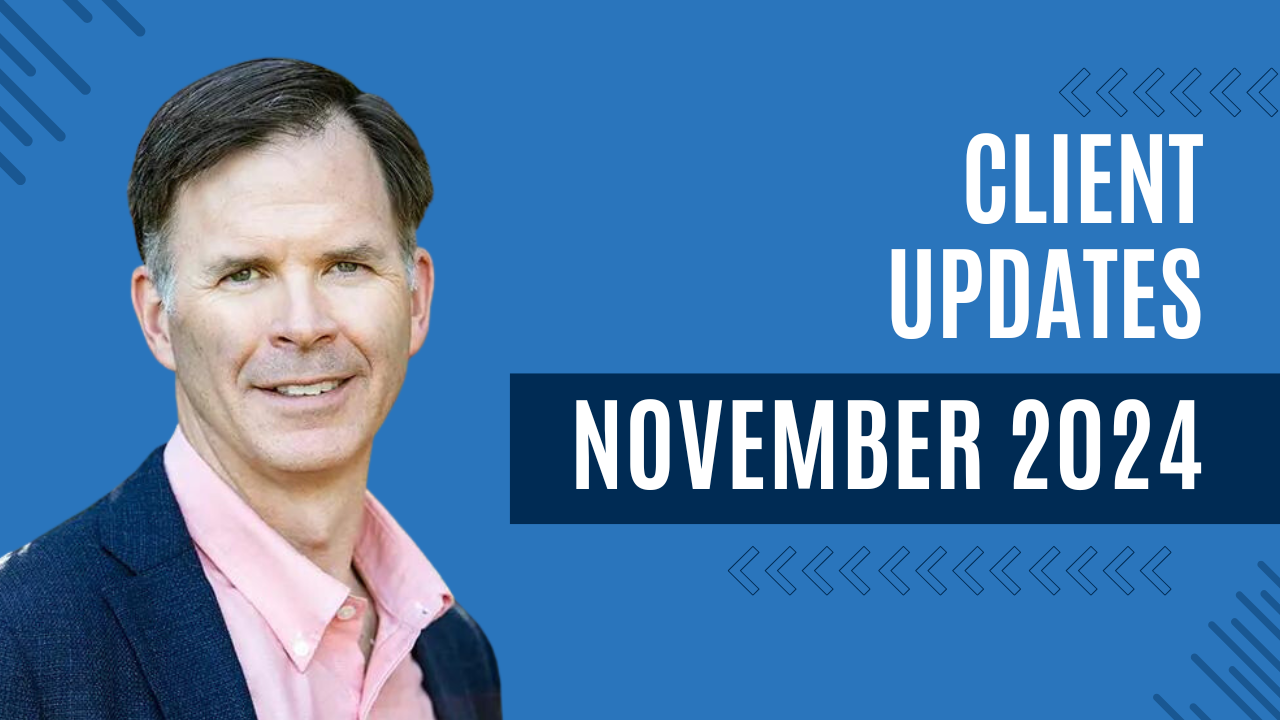
In our recent client update, Clint Sorensen and I shared some key trends and critical insights on the current market landscape. This discussion was...
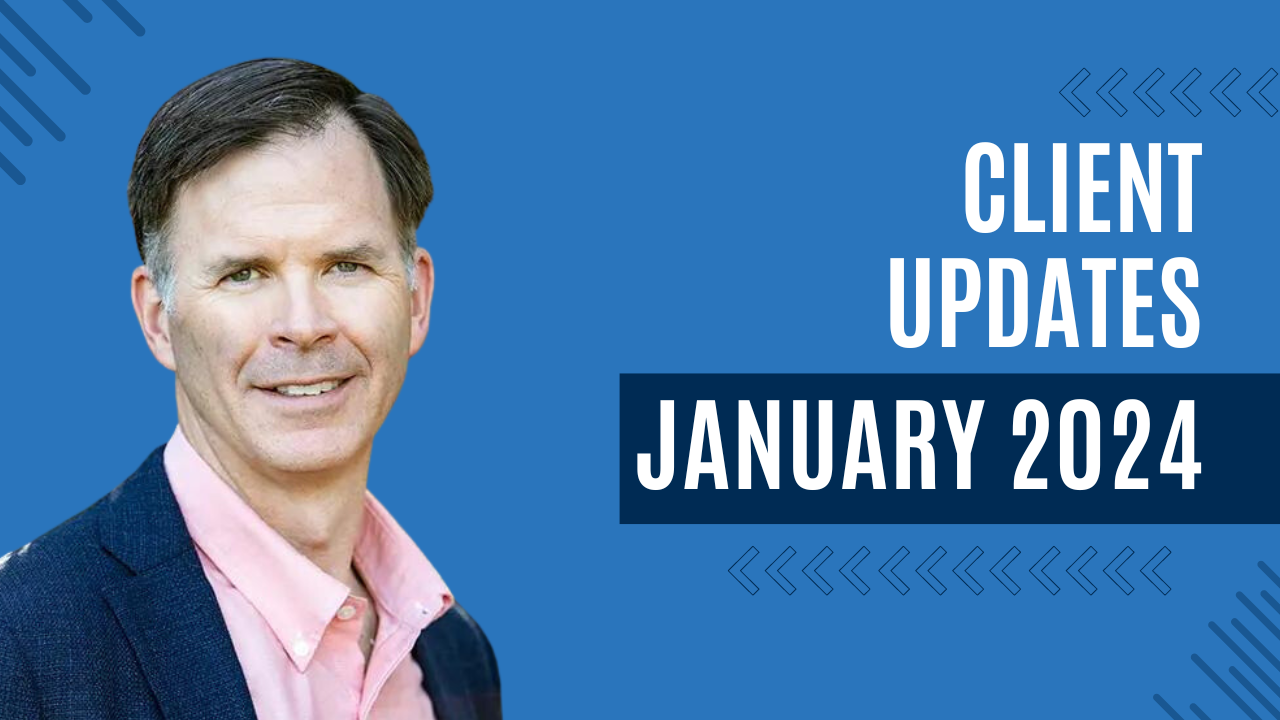
Happy New Year! One of our resolutions, if you will, for this year is to take a moment to stop and celebrate the wins in our lives. To be honest,...
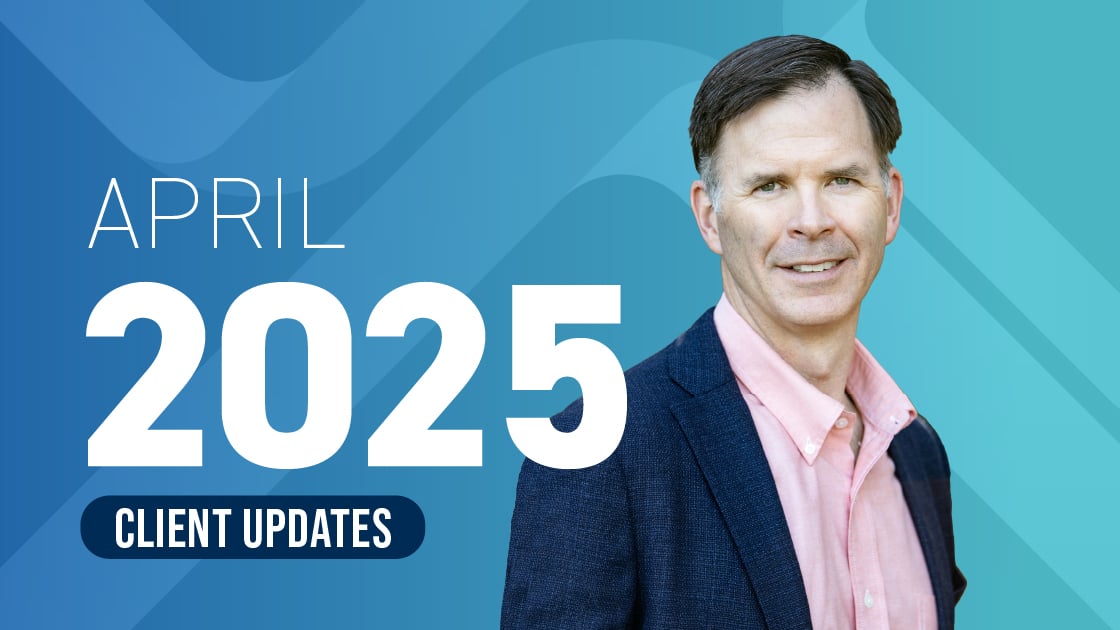
Stocks Suffer Biggest One-Day Wipeout in Value Since March 2020 is the headline of the Wall Street Journal at the end of the day on April 4, 2025....